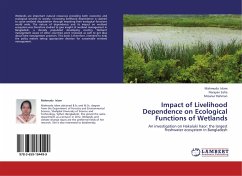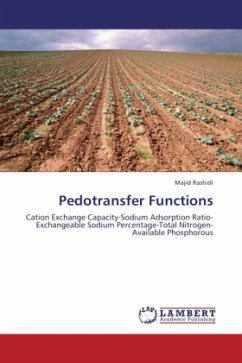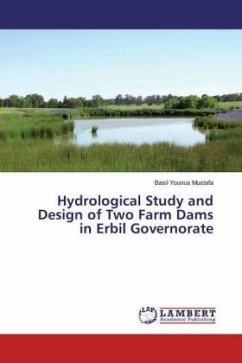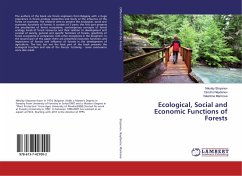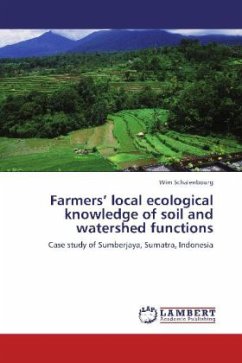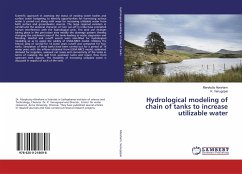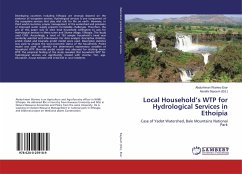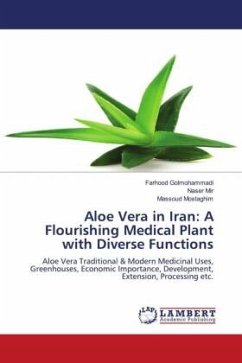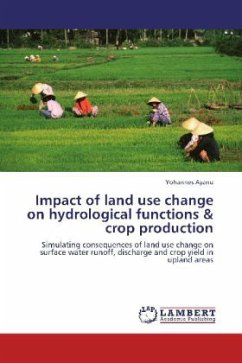
Impact of land use change on hydrological functions & crop production
Simulating consequences of land use change on surface water runoff, discharge and crop yield in upland areas
Versandkostenfrei!
Versandfertig in 6-10 Tagen
32,99 €
inkl. MwSt.

PAYBACK Punkte
16 °P sammeln!
Management of landscapes influences the sustainability of hydrological services and crop production. Landscapes covered by natural forests have been regarded as the main sources of water supply. However,focus should also be given to agricultural landscapes for a sustainable supply of water. Flows into and out of agricultural fields have impact on agriculture itself and the surrounding ecosystems and hence, supply of water for downstream areas. Agriculture has impact on water resources through inducing of chemicals and pesticides that cause pollution(Odoux et. al., 2009). On the other hand, cro...
Management of landscapes influences the sustainability of hydrological services and crop production. Landscapes covered by natural forests have been regarded as the main sources of water supply. However,focus should also be given to agricultural landscapes for a sustainable supply of water. Flows into and out of agricultural fields have impact on agriculture itself and the surrounding ecosystems and hence, supply of water for downstream areas. Agriculture has impact on water resources through inducing of chemicals and pesticides that cause pollution(Odoux et. al., 2009). On the other hand, crop production depends on availability of soil water for plant growth, which in turn is influenced by rainfall and infiltration into the soil. Surface flow such as runoff could cause soil erosion on less vegetated upland areas contributing to nutrient loss from uplands and soil material deposition in the lowlands. Therefore dynamic modeling approaches are essential for assessing the impact of land use change on these hydrological services and crop production.



